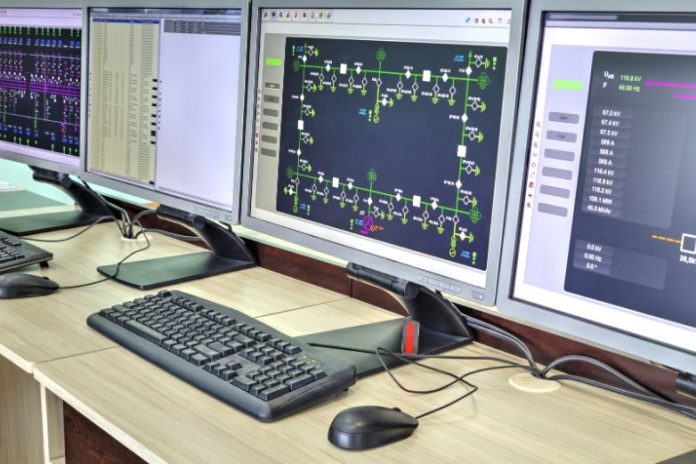Choosing the right Supervisory Control and Data Acquisition (learn more about SCADA) system is a critical decision that can have a major impact on the performance and efficiency of your industrial operation. To make the right choice, you must take the time to assess your organization’s specific needs and requirements, and weigh several important factors.
Table of Contents
Types of SCADA Software
SCADA software is an indispensable tool in monitoring and controlling industrial processes and systems. There are various kinds of SCADA software, each possessing its own unique features and capabilities.
The most commonly used types include centralized, distributed, and web-based SCADA. Centralized SCADA uses a central server to collect and organize data from remote devices. Distributed SCADA, in contrast, uses multiple servers to gather and manage data, affording greater versatility and scalability.
Web-based SCADA utilizes web technology to allow for remote access to SCADA systems, making it simple to access data and manage processes from anywhere with an internet connection.
Step 1: Assess Your Organization’s Requirements
The first step in selecting a SCADA system is to determine what your operation needs. This includes identifying the equipment and processes that will be managed by the system, as well as the types of data that will be collected and analyzed. Additionally, you must consider the size and complexity of your operation, as well as any future expansion plans.
Step 2: Evaluate Your Options
Once you have a clear understanding of your organization’s needs, you can then evaluate the different types of SCADA systems available on the market. Options include cloud-based systems, on-premises systems, and hybrid systems, each with its own advantages and disadvantages. You must choose the type of system that best fits your organization’s specific requirements.
Step 3: Consider Scalability
Scalability is another important factor to consider when selecting a SCADA system. Choose a system that can be easily scaled to meet the changing needs of your operation. This will save you time and money in the long run and give you the flexibility to adapt to new requirements.
Step 4: Assess Security Features
Security is a critical aspect of selecting a SCADA system. You must ensure that the system is protected against cyber attacks, which can have serious consequences for your operation. Look for a system with robust security features and regularly updated software.
Step 5: Data Storage and Analysis Capabilities
When selecting a SCADA system, you must also consider its data storage and analysis capabilities. Choose a system that is easy to integrate with other systems and software, and has the ability to store and analyze data effectively.
Step 6: Consider Cost
Cost is an important factor to consider when choosing a SCADA system. Take into account the costs associated with implementing and maintaining the system, as well as the costs associated with data storage and analysis. You should also consider the costs associated with integrating the system with other systems and software, and the cost of cybersecurity measures.
Step 7: User-Friendliness
A user-friendly SCADA system can save you time and money in the long run, and reduce downtime caused by technical issues. Look for a system that is easy to use and has good technical support.
Step 8: Customization Options
Customization is another important aspect of selecting a SCADA system. Consider the level of customization that the system offers and ensure that it can be tailored to your organization’s specific needs. This includes the ability to customize the user interface, as well as the ability to create custom scripts and macros.
Step 9: Technical Expertise
Consider the level of technical expertise required to operate and maintain the SCADA system. Some systems may require a high level of technical expertise, while others may be more user-friendly and require less technical knowledge. Choose a system that fits your organization’s level of technical expertise.
Step 10: Vendor Reputation and Track Record
Vendor reputation and track record is also an important factor to consider when selecting a SCADA system. Research the vendor’s history and speak with other organizations that have used their products. It’s also a good idea to request references and assess the level of technical support provided by the vendor.








